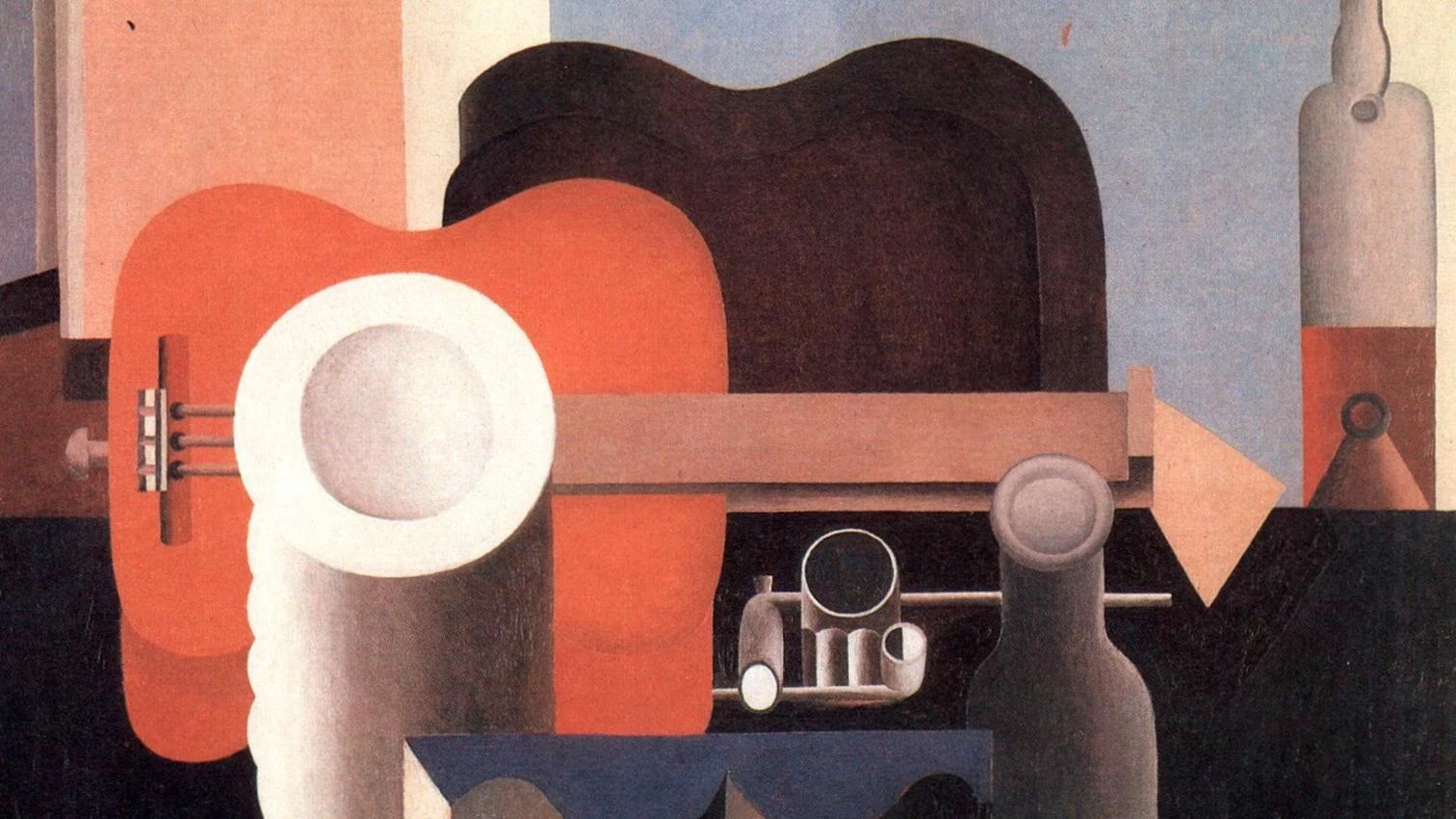Composition and Project
Modernity and Classicism in the Early Works

In order to understand Le Corbusier’s first villas one must look both to cubist painting and to the enlightened vision of the classical world. The synthesis between the two, according to the author, is mainly manifested in the constant search for a balance between «the abstract and the concrete, the universal and the particular, the mind and the real world, and classic invariables and the changing modem sensibility.» Le Corbusier’s methods had much in common with the deductive paths opened up by Juan Gris’s painting, but at the same time they are deeply rooted in classicism, as long as the latter is not understood exclusively as a figurative repertoire.
In contrast to the heroic moments of vanguardism, when the urgent need to legitimize anything «new» obscured uncomfortable reminders from the past, present-day revisionism consents to outbreaks of tension that were once subdued to favor a radical rupture. One of the most persistent of these tensions is that produced by the coexistence of classicism and modernity, not only in the work of architects who are clearly in debt to that tradition, such as P. Behrens, Tessenov, Asplund, Loos, etc., but also in the work of other antonomastic representatives of modernity such as Mies van der Rohe and Le Corbusier himself...[+]





